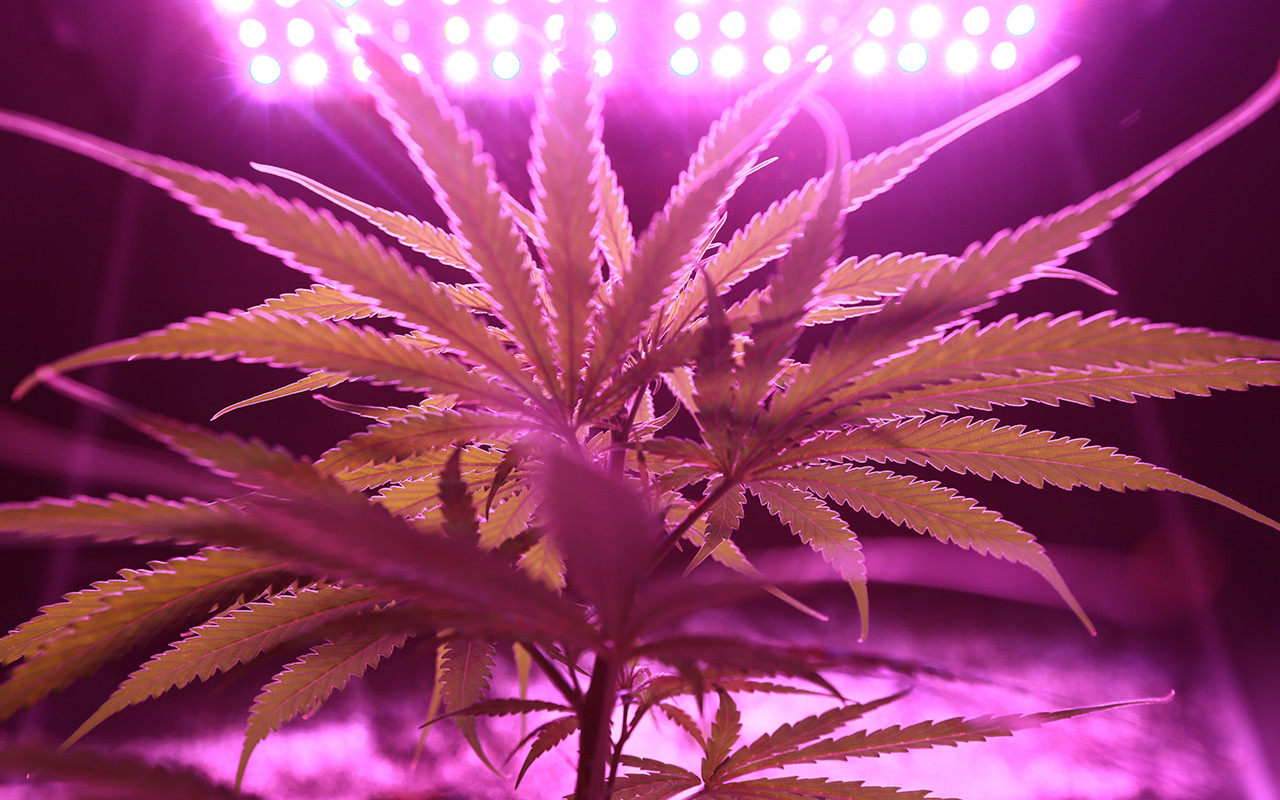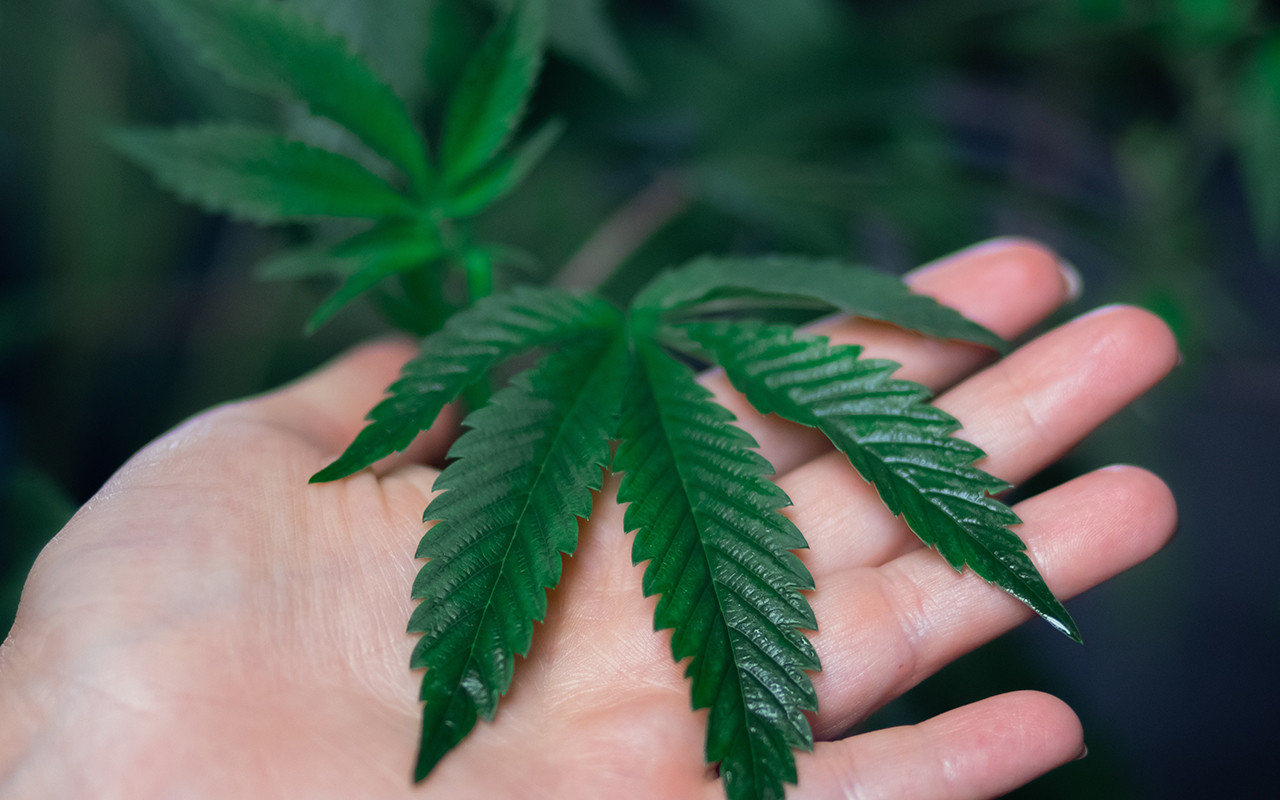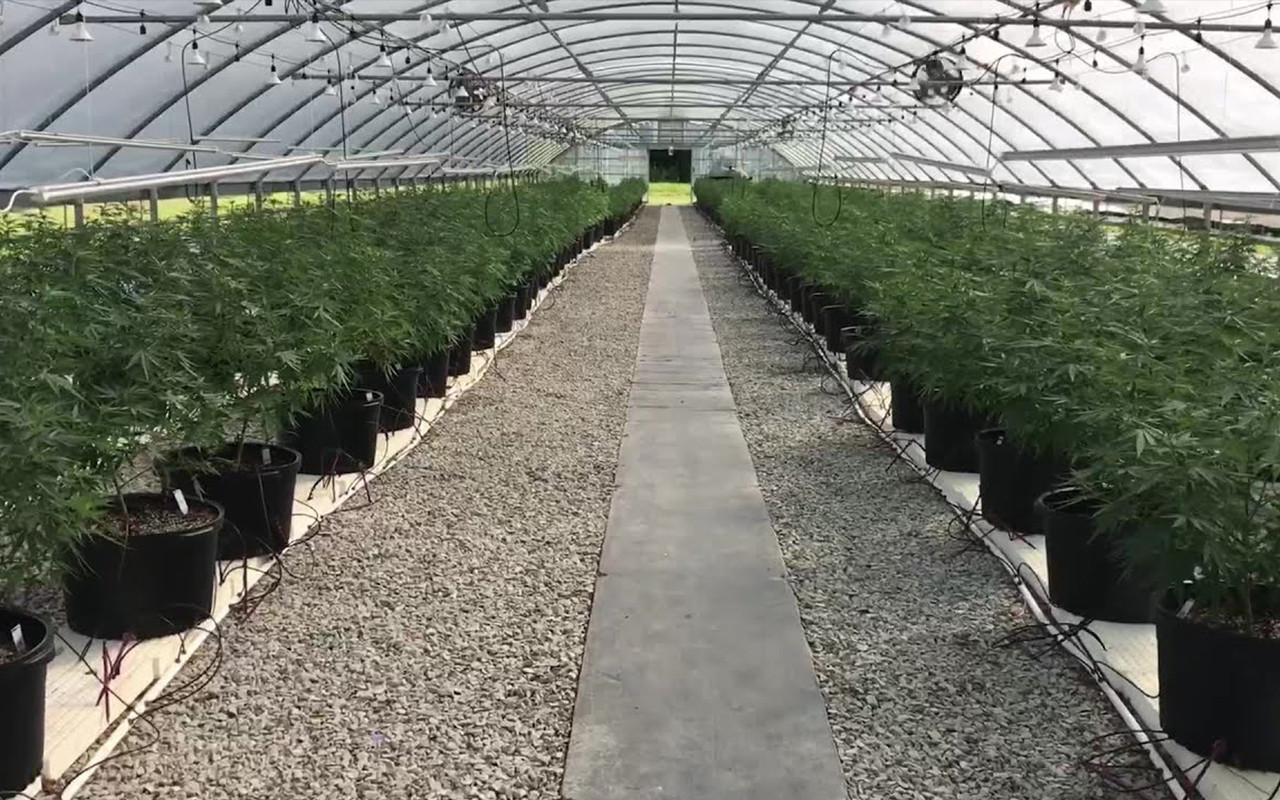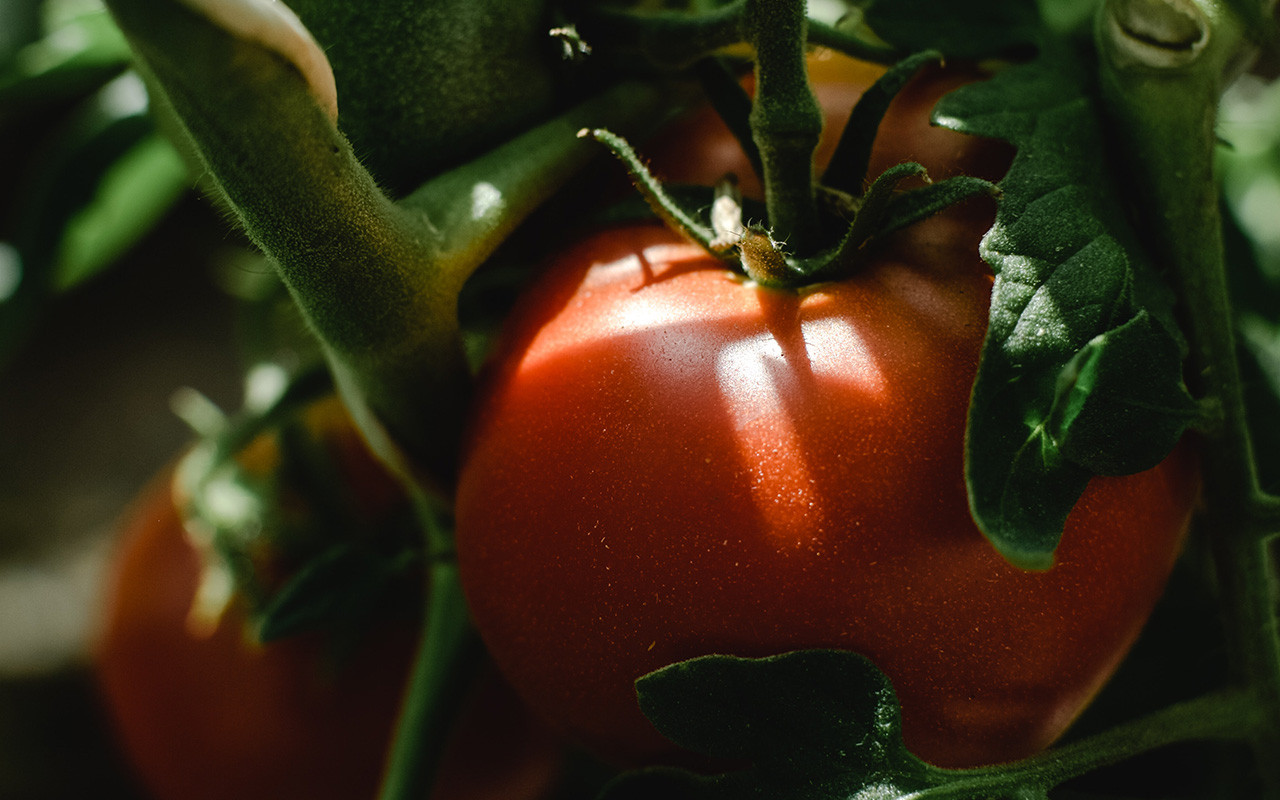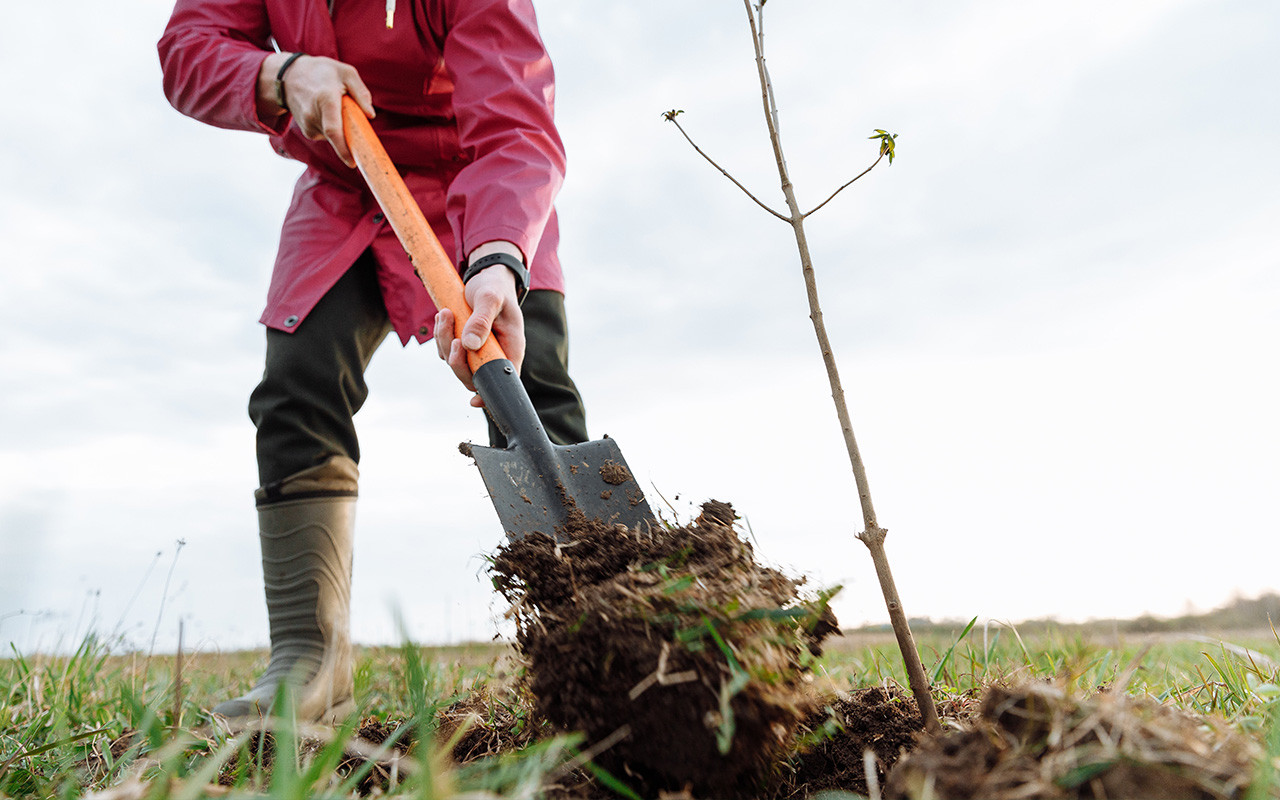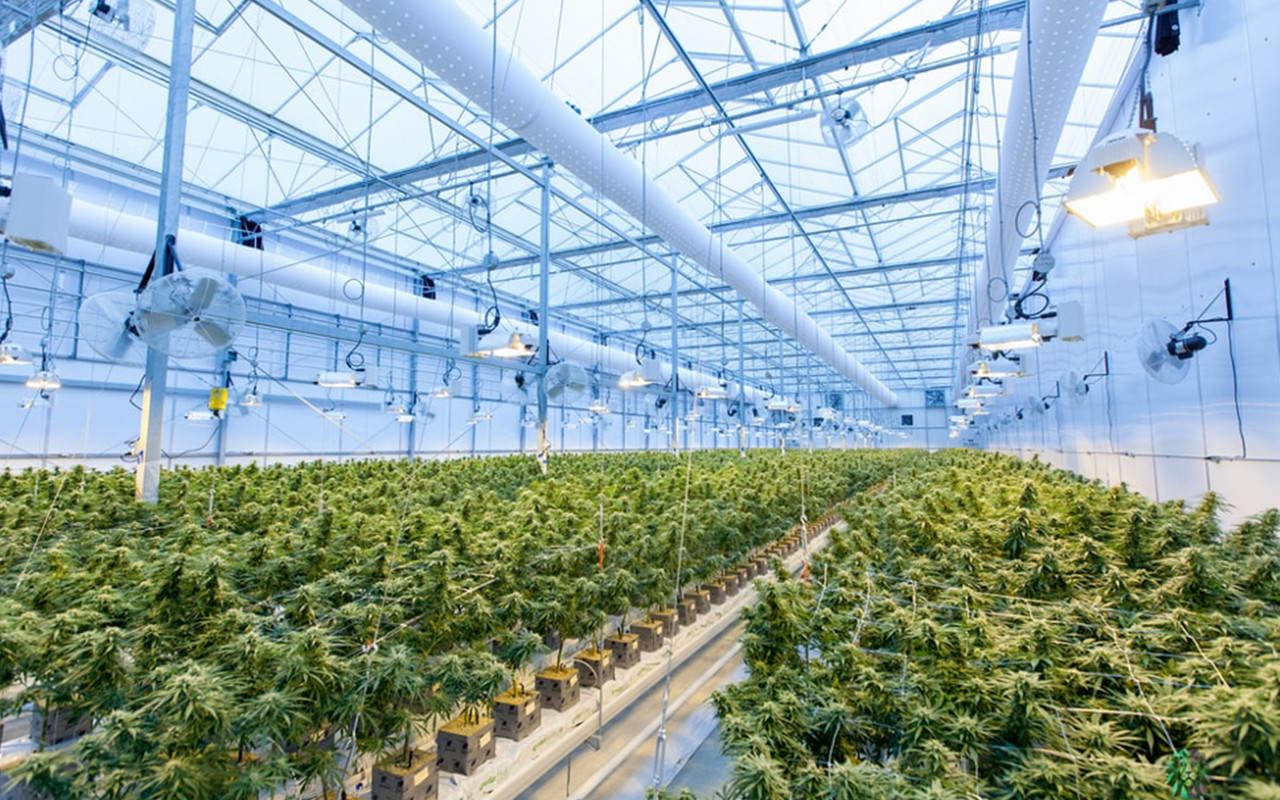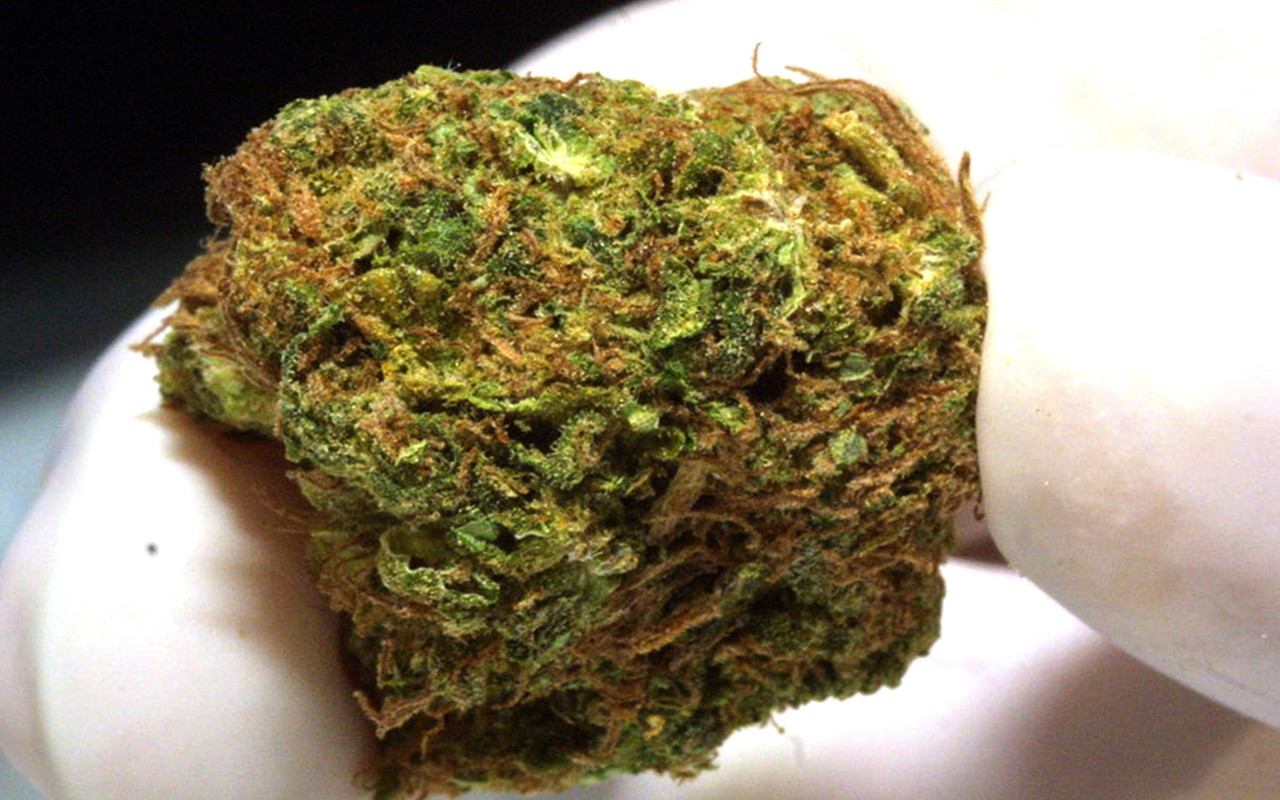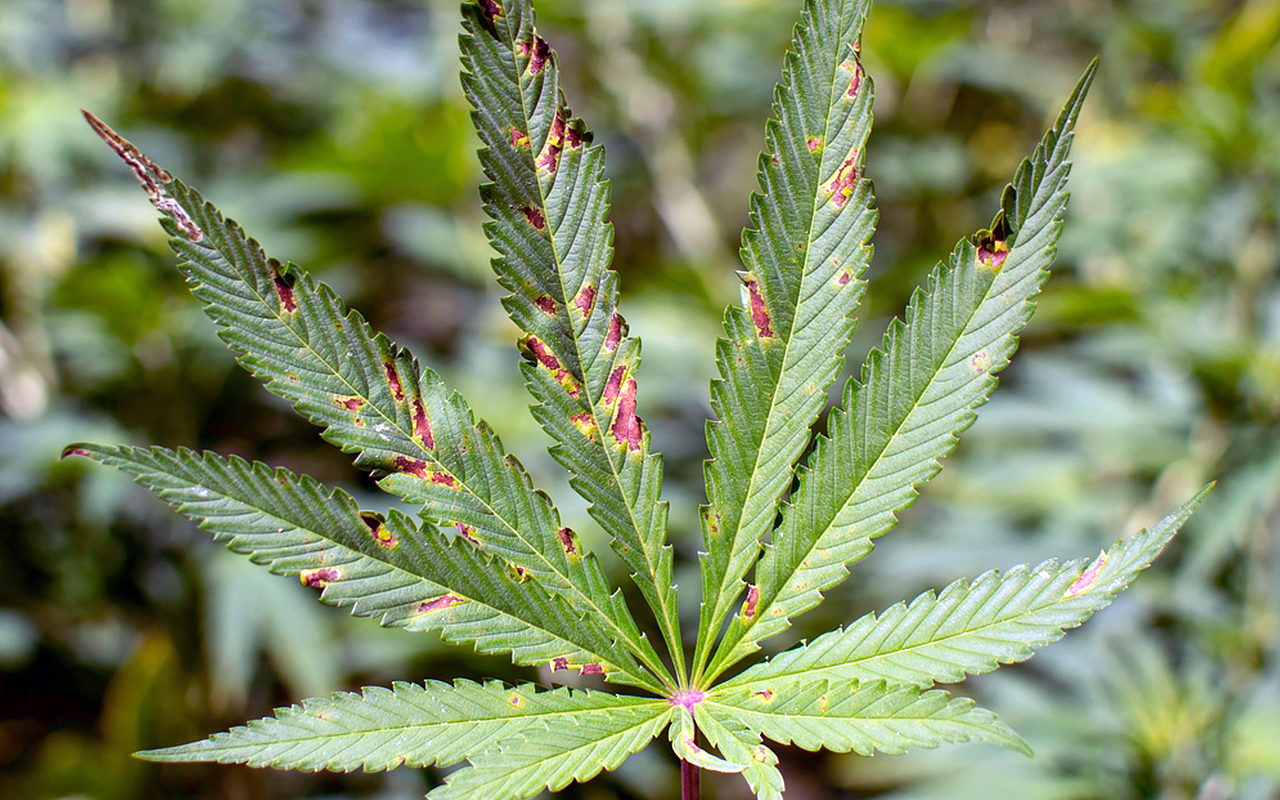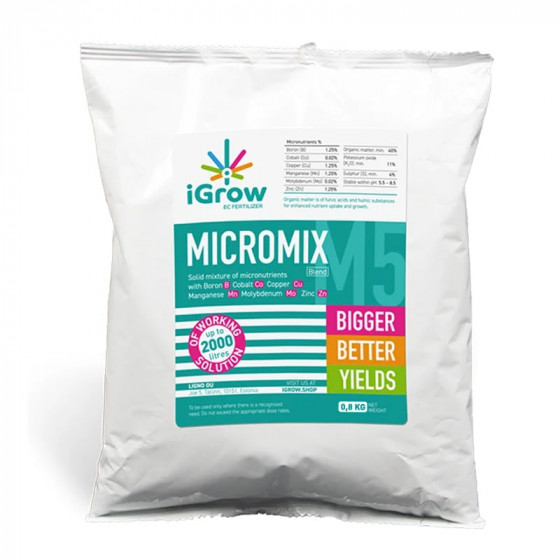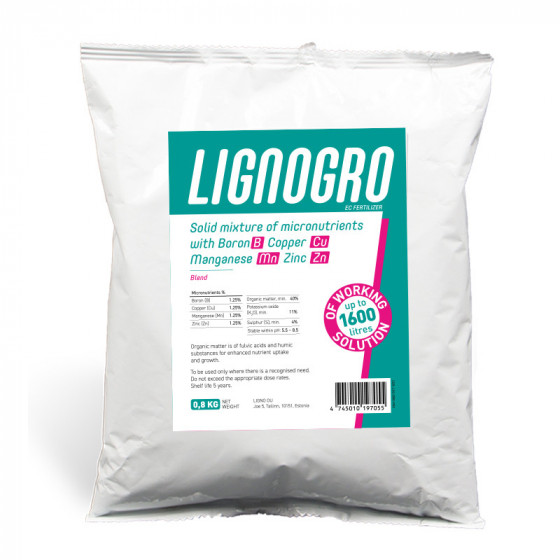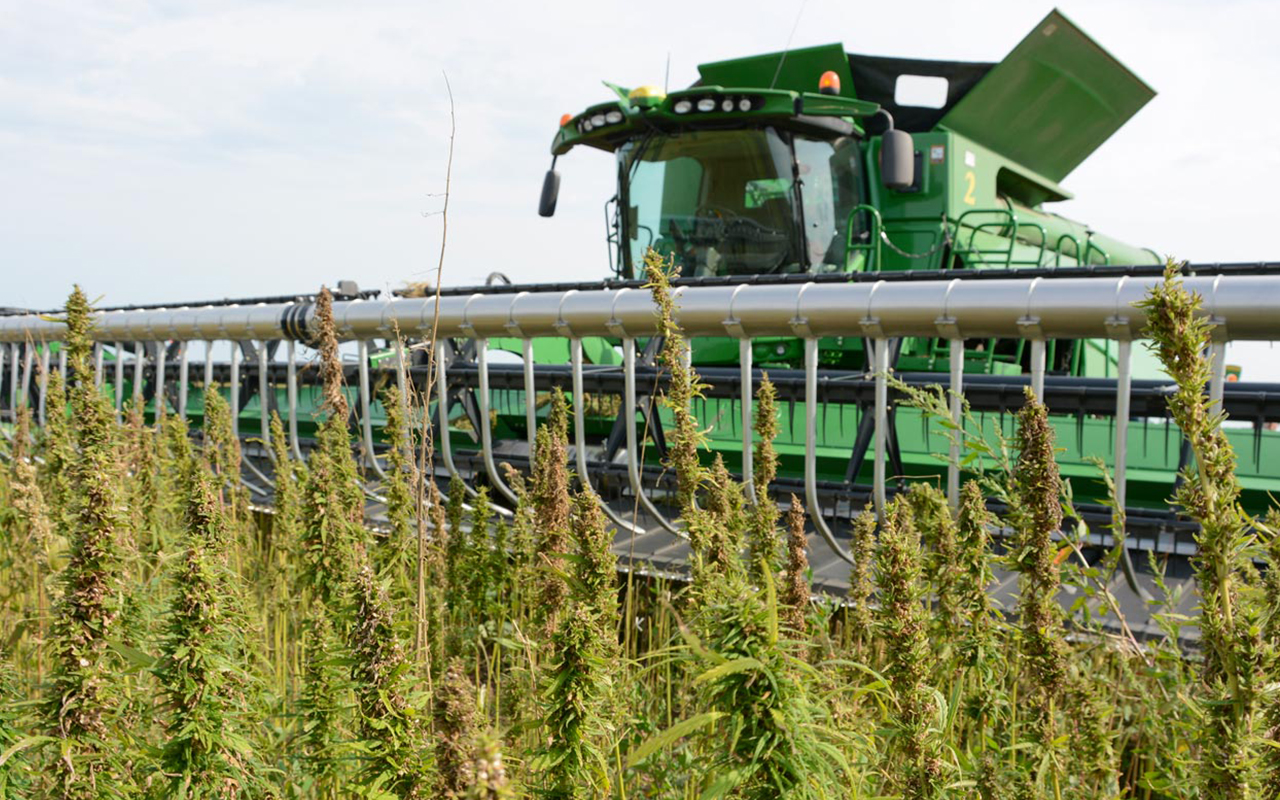
Best Practices for Harvesting High-Quality Hemp
Hemp follows an annual life cycle. It swiftly progresses from seed to plant within a span of 90-120 days, with its buds flourishing briefly before making way for future crops.
As a plant susceptible to seasonal fluctuations, hemp ceases its upward growth and transitions into flower bud production when daylight hours shrink. Consequently, October becomes the prime period for hemp harvesting in most regions. Nonetheless, if cultivated indoors, it becomes possible to recreate the conditions akin to October throughout the year by precisely manipulating factors such as temperature, lighting, and moisture. In warmer climates, with ample support from greenhouses, the potential for two cycles per year arises. This comprises around 6-8 weeks inside the greenhouse and another 8-10 weeks in the field to witness the full bloom of hemp.
Embracing the intricacies of hemp cultivation grants growers the opportunity to optimize yields and adapt to varying environments throughout the year.
Hemp Flower Harvesting:
Knowing when to harvest hemp for smokable flower can make or break your desired outcome. As a professional in the industry, it is crucial to understand the science behind it. The key is to keep an eye on the hemp trichomes, which is where the majority of the plant's resin is produced.
Mature trichomes have a milky white appearance, which indicates an optimal time for harvest. Waiting too long can result in a decrease in cannabinoid content, losing potential profit and quality. On the other hand, harvesting too early may result in a bitter taste and lower potency.
For the optimal quality of smokable hemp flowers, it's crucial to treat them with care due to their delicate nature and vulnerability to bruising. This is why many farmers choose to harvest hemp flowers by hand. By manually picking each flower, you can ensure the heads remain clean and the resin trichomes, which are responsible for the plant's flavor, fragrance, and therapeutic effects, remain intact.
While this process is undoubtedly labor-intensive, it's worth the effort to ensure the best possible product. Harvesting by hand allows for a gentle touch, which avoids damaging the plants and helps maintain their potency. Depending on the scale of the operation, it may require multiple people to harvest efficiently. However, the result is a premium product that's sure to satisfy even the most discerning of connoisseurs.
To achieve the most efficient hand harvest, identifying the sections where the flowers are the biggest and densest can be advantageous. Starting from these areas, you can proceed to cut roughly half-meter sections of the plants, with a focus on harvesting the top flowers.
This meticulous approach not only guarantees the preservation of the valuable cannabinoids (CBD and THC) and terpenes found in the intact and mature resin trichomes but also enhances the overall quality and experience of smokable hemp flower.
Hemp Fiber Harvesting:
Hemp is a crop that offers a lot of promise for industrial fiber. However, harvesting the crop at the right time is crucial to ensure high-quality fiber. When growing hemp for fiber, it's important to harvest the plant when the stalks have reached their optimal height, contain less than 0.3% THC, and are contaminant-free.
It's best to do this before the male plants die off and seed set occurs, which usually takes around 90-100 days. Harvesting the crop approximately 10 cm above the ground is essential to prevent cutting through the woody portions, leaving as much of the fibrous stems as possible. With proper harvesting techniques, hemp can be a great source of industrial fiber with many potential applications.
Hemp CBD Extraction Harvesting:
Hemp CBD extraction is crucial to producing high-quality CBD products such as oils, tinctures, and topicals. The preferred method for harvesting hemp for CBD extraction is hand-harvesting to preserve the plant's aromatic compounds and cannabinoid content.
It’s important to wait until the plant has reached maturity before harvest, which typically occurs around 105-120 days after planting. To determine the perfect harvesting time, one must look for the presence of potent hemp trichomes, which contain the highest concentration of CBD. The longer these trichomes remain intact on the plant, the more potent they become. Harvesting even a week too early could result in lower CBD levels and a less effective final product.
To achieve maximum yield and potency, it is recommended to harvest when the majority of these trichomes are cloudy white and the pistils of the hemp flower have turned brown. This means that the hemp plant has reached full maturity, ready to be harvested and undergo proper CBD extraction. Trusting in this recommended stage of trichome maturity for harvest can lead to potent and high-quality CBD extract.
Seed Production Harvesting:
Hemp seed production is a growing industry, and selecting high-quality strains is key to producing high-quality seeds. To maximize your yield, it's important to select strains that are shorter in stature with lower fibre production. And as harvest time approaches, be sure to visually inspect your plants' seed heads to determine when they're ready. This means waiting until the buds are mostly green and the stem fibres have shed most of their leaves, but haven't fully matured yet. Keep an eye out for gray seeds at the base of the stem and leaf stalk. Once you see them, it's time to harvest!
Typically, the best time to harvest hemp for seeds is between six and eight weeks after the plant has started producing flowers. However, it is important to note that timing is not the only consideration when it comes to hemp harvesting. You must also ensure that the plant does not exceed the legal THC limit, as this can be dangerous and result in crop destruction. By following proper harvesting practices and monitoring the THC levels, you can enjoy a successful hemp harvest that yields high-quality seeds.
Care must be taken to prevent damage to the seeds during harvesting to ensure the highest quality possible. When it comes to hemp seed production harvesting, implementing the best practices is crucial for optimal results. To achieve success, consider the following recommendations:
- Utilize draper heads: These heads provide more space for hemp heads, ensuring efficient harvesting.
- Experiment with variables: Ground speed, concave openings, sieves, and wind speed all play a vital role. Conducting experiments and fine-tuning these factors can lead to improved outcomes.
- Monitor grain tank and adjust concave: Regularly check the grain tank to maintain its optimal level. Additionally, adjust the concave settings to minimize grain cracking, thus preserving the overall quality.
- Harvest at the right moisture level: Combine the hemp when the moisture content ranges from 15 to 18%. This moisture level is considered suitable for uninterrupted operations and better output.
By implementing these practices, you can enhance the efficiency and productivity of your hemp seed production harvesting process.
Proper harvesting timing and techniques play a pivotal role in producing top-notch hemp products. Understanding the specific requirements for each part of the plant and timing the harvest just right is paramount. Any deviation, whether it's early or late, can have a profound impact on the quality of the end product. Let's not forget the importance of growers ensuring their crop is clean from contaminants and adheres to legal THC limits. By meticulously following these best practices, growers can establish a hemp crop that not only complies with regulations but also contributes to the dynamic growth of this thrilling industry.







